UL1977 is the UL certification standard for electrical connectors, A wide variety of connectors, which connectors apply UL1977 standard ~
To determine which standard the connector applies to, we first need to consider the following issues:
-Where is it located?
-Will it only be installed in the factory?
-Or can it also be installed on site?
-Is it internal or external to the product?
-Is it in the power circuit, signal circuit or both?
-How is the electrical connection made?
-Is the connection welded, crimped or insulated?
-What type of insulated conductor and size (AWG) are used?
-Are these connectors subject to environmental conditions such as rain, snow, sleet or dust?
-Are they located in areas of the device that contain factors such as vibration?
All of these issues directly affect the type, shape, size (number of conductors/connections) and electrical ratings (voltage and current ratings) of a particular connector design. The answer to the question will help determine which criteria should be used for connector certification.
Scope of application of UL1977 standard
-As the most widely applicable UL standard for connectors, UL 1977, that is, the component connector standard used in data, signal, control and power applications, is a broad set of requirements for connectors in end product applications, where the connector requirements are not clearly defined.
-The UL1977 standard does not apply to specific end product applications, such as notebook computers or industrial control panels. Instead, it was created to provide the lowest level of safety, which includes the insulating material properties of the connector (I. e., the flame retardant rating), the current-carrying component material, and the electrical spacing between live components, opposite polarity, and dead metal.
-Connectors within the scope of the UL1977 standard are only suitable for factory installation by original equipment manufacturers (OEM), and are used to connect copper or copper alloy wires or PWB boards.
Typical uses for connectors covered by the UL1977 standard include household appliances, such as washing machines and blenders, as well as PC boards and microprocessors, whether the application is residential, commercial or industrial equipment.
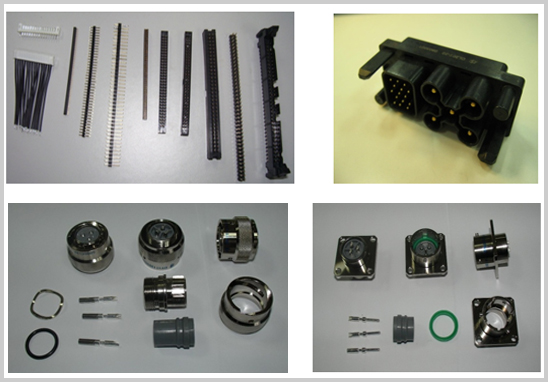
Connectors that are not part of the UL 1977 standard
-Power cord
Devices produced integrally with flexible cord or cable that are covered by the Standard for Cord Sets and Power-Supply Cords, UL 817.
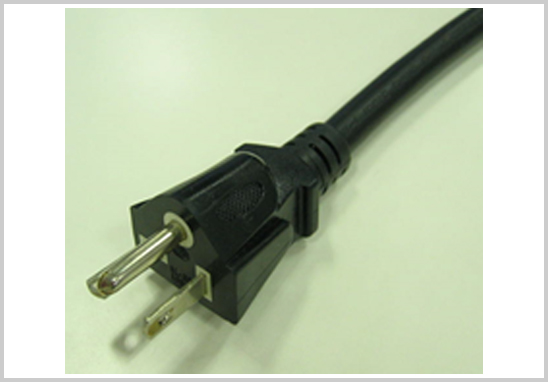
-Plug socket
Devices intended for connection to the branch circuit, such as attachment plugs, cord connectors, receptacles, inlets, and outlets, that are covered by the Standard for Attachment Plugs and Receptacles, UL 498.
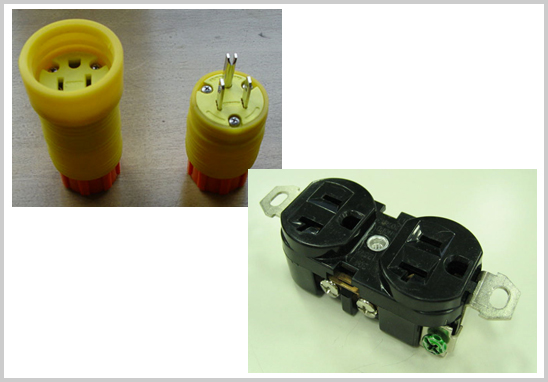
-Terminal block
Devices consisting of wiring terminals and supporting blocks intended for the connection of wiring that are covered by the Standard for Terminal Blocks, UL 1059.
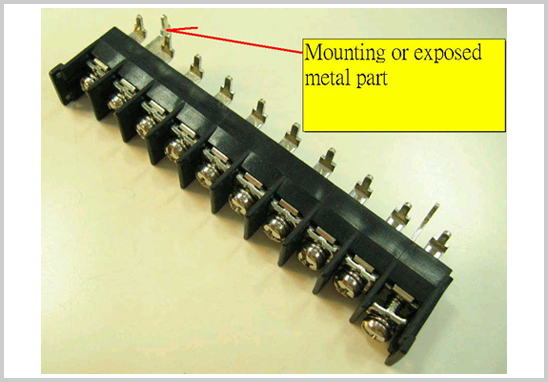
-Network cable, telephone line, crystal connector
Devices intended for use with telecommunications networks, that are covered by the Standard for Telephone Equipment, UL 1459, or the Standard for Communications Circuit Accessories, UL 1863.
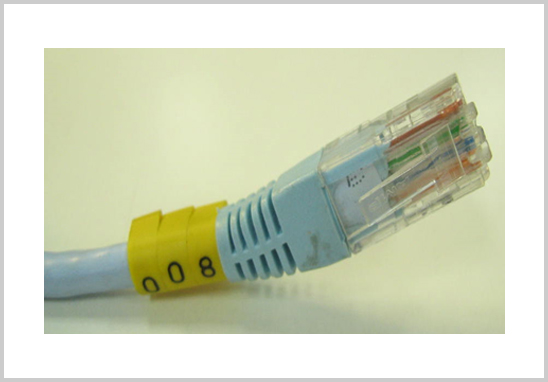
-O-type, U-type and other terminals
Devices such as wire connectors and soldering lugs that are covered by the Standards for Wire Connectors, UL 486A-486B; Splicing Wire Connectors, UL 486C; or Equipment Wiring Terminals for Use with Aluminum and/or Copper Conductors, UL 486E.

Above is introduction of ul certification by Ankorset testing and certification, for reference only, some of the material comes from the Internet and does not represent the point of view of Ancor's detection technology and is responsible for its authenticity. If you are involved in the content of the work, copyright and other issues, please contact us within 30 days, we will delete the content in the first time!
